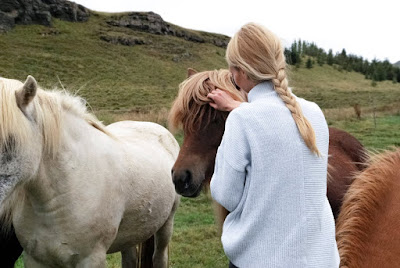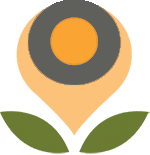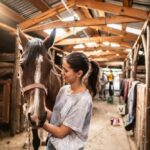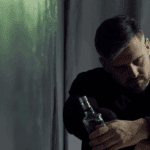
Beating drug and alcohol addiction requires changing your entire life perspective.
There’s no quick fix for a substance abuse disorder since you need to learn new ways to cope with your emotions and manage stress. Equine therapy is growing as a form of addiction treatment because it offers a way to apply the lessons learned in individual and group counseling to real world environments.
What is Equine Therapy For Addiction Recovery?
Equine therapy is a type of experiential therapy, a hands-on form of therapy that helps people work through negative feelings and repressed emotions by letting them engage in enjoyable activities. Art therapy, music therapy, and wilderness therapy are other examples of experiential therapy used to treat drug and alcohol addiction.
At English Mountain, equine therapy is used to identify treatment issues, help clients bond as a group, and encourage those in the early stages of recovery to experience the power of a relationship built on open communication. “We offer both individual and group sessions,” equine therapist Julie Jerrolds LPC, MHSP said. “There are typically six to 15 people in a group at a time. Group sessions are two hours. Individual sessions run about 45 to 55 minutes.”
According to Jerrolds, equine therapy can be used in a variety of ways.
Some of the lessons a client might take away from the experience include:
- Building healthy relationships
- Developing self-esteem and a sense of self-worth
- Setting appropriate boundaries
- Utilizing grounding techniques to manage anxiety
- Developing mindfulness to cope with stress
- Working through issues related to past trauma
- Exploring feelings about addiction-related behavior
Jerrolds believe that horses are the perfect animals for addiction therapy because they are skilled in the art of non-verbal communication. In a therapy session, the client learns to be more conscious of how non-verbal communication affects the development of their relationships as they observe how the horse responds to their gestures and movements. “People are often unaware of the way in which they communicate non-verbally,” she said. “Horses are able to provide feedback to the person exactly how they are sharing information non-verbally and with the help of an equine therapist they can interpret the way they interact with others. Often times the way they are communicating with a horse within a therapy session reflects the way they communicate with people.”
Equine therapy for addiction involves no horseback riding.
Sessions take place on the ground, using the horse’s nature as a social animal to impart lessons about communication, relationships, and emotions. Clients may walk with, talk to, brush, or help care for the horses alongside their therapist.
“The experiential way in which a person can practice mindfulness, connection, building relationships, setting boundaries and working through trauma helps build the brain,” Jerrolds said. “It also helps the body to remember what it feels like to be connected while being present, open minded, and willing in the moment. For some people, this is the first time they have experienced a true physical and mental connection.”
Equine therapy is not a required part of English Mountain’s addiction treatment, but it can be beneficial for anyone who is interested in hands-on holistic treatment approaches. You don’t have to have any past experience with horses to benefit from equine therapy, as long as you’re willing to be open to this treatment approach. “I typically see people individually who have a history of trauma,” Jerrolds said. “Working with the horses helps provide feedback on how the person interacts with others and themselves.”
Jerrolds has been a therapist for 21 years and has been providing equine assisted therapy for the last seven years. She is certified in the Equine-Assisted Growth and Learning Association (EAGALA) model for equine therapy and equine-assisted eye movement desensitization and reprocessing (EMDR).
For Jerrolds, every day brings new challenges as she works with clients to help them begin their journey to sobriety. “The most rewarding part of my job is watching people make positive changes in their lives,” she said.
By Dana Hinders
 To learn more about programs offered at English Mountain Recovery, call and speak with someone today at (877) 615-8569. We are ready to help you or your loved one recover.
To learn more about programs offered at English Mountain Recovery, call and speak with someone today at (877) 615-8569. We are ready to help you or your loved one recover.


